
Ever since I could remember, cheese has been a staple in my diet. From sneaking chunks of mozzarella cheese as a kid to building charcuterie and cheese boards for get-togethers as an adult. I feel like cheese is something I couldn't live without, but not every cheese is created equal. Some cheeses are soft and creamy with notes of grass and mushroom, whereas others are dense and packed full of umami. Below I’ll share some of my tips and tricks when it comes to picking the right cheeses for the right situations.
To start out, a brief rundown of the types of cheeses that can be found in most markets around the world. Depending on the region or country you are looking at cheeses, the way they are classified can vary greatly. For simplicity’s sake, I’m going to categorize cheeses into five main groups to make cheese selection much easier. Those five categories are:
- Fresh Cheese
- Soft Cheese
- Semi-Soft Cheese
- Hard Cheese
- Blue Cheese
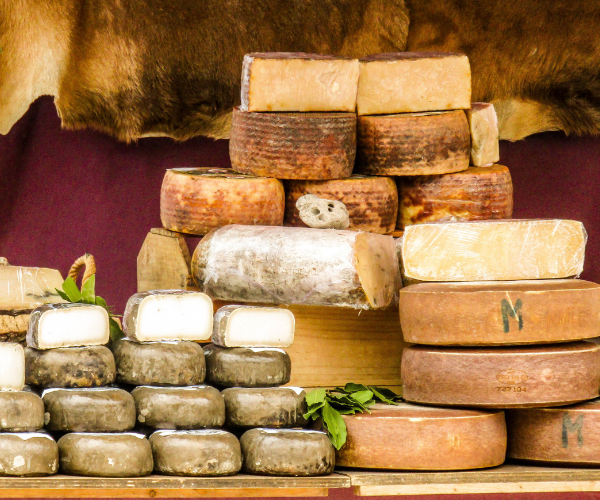
Most cheeses will fall under one of these five groups and have similar attributes but can vary greatly in flavor depending on how they are produced. With that being said, no two pieces of cheese produced are the same because it’s a product created through natural processing so use this as a guide and not a rulebook.
Fresh Cheese
This is typically cheese that has been recently made, within the last couple of hours up to a week old. Sometimes you can find this cheese as old as 12 months if preserved in brine but that’s not all that common. This cheese will have a more sweet, acidic, milky, citrusy flavor profile to it. This is because it hasn’t had any time to develop alternative flavors, meaning it usually tastes like the milk it comes from. This cheese is great for adding body to dishes, making something creamier, or imparting a bit of salt/tangy into a dish. The following are great examples of fresh cheese:
- Halloumi
- Ricotta
- Feta
- Mozzarella
- Mascarpone
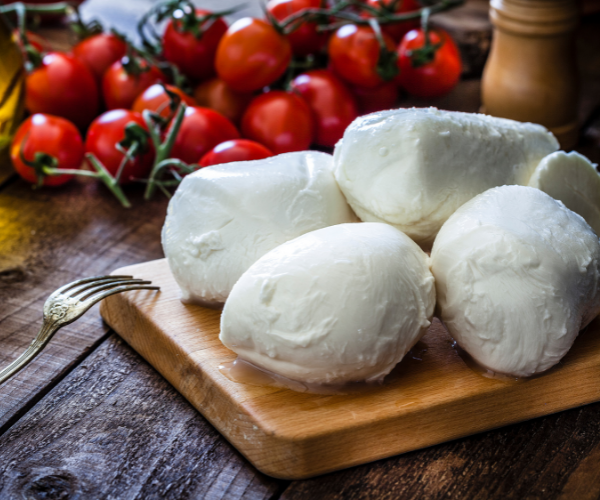
Soft Cheeses
Next is soft cheeses which are the next stage past fresh cheese. To start, there are aged fresh cheeses that are similar to fresh cheese but are aged using mold on the outside. They are aged for about a month but during this time a nutty flavor starts to develop bringing a whole different experience to the otherwise mild flavor of fresh cheese. During the aging process, they also lose a good about of water so they are richer in fat making them creamier. These cheeses are identifiable by their wrinkly exterior and mold coatings which are perfectly safe to consume.
Soft cheeses can have smooth exteriors or a higher fat content due to the use of triple creams, around 24-26% These cheeses are for those who are looking to have the creamiest cheeses possible. Cheeses under this category are:
- St. Tola
- Valency
- Flower Marie
- Capricorn Goat
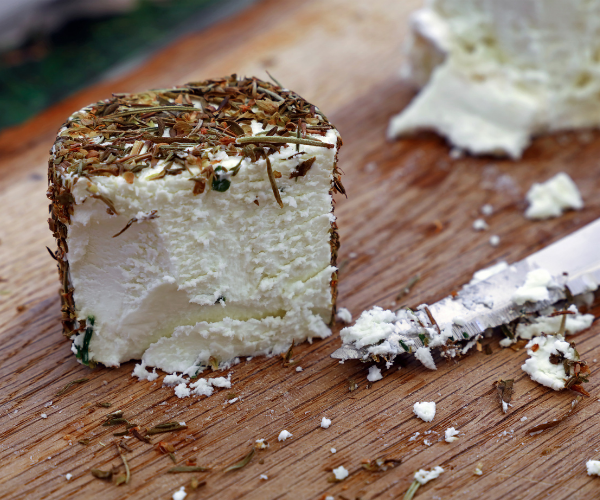
Semi-Soft Cheeses
Then comes semi-soft cheeses which have qualities of both soft and hard cheese. This is where are fat content starts to get even higher, around the 24-30% mark. These cheeses are typically washed or rinsed cheeses meaning they get dipped into whey multiple times throughout their production process. This results in a thin skin forming on the outside of the cheese instead of a mold-based exterior. Soft cheeses are then allowed to ripen before being sold. The end result is a cheese with a rubber-like skin and smooth creamy interior, in some cases it’s almost liquid on the inside. Cheeses that fall under this category are:
- Taleggio
- Brie Cheese
- Edam
- Langres
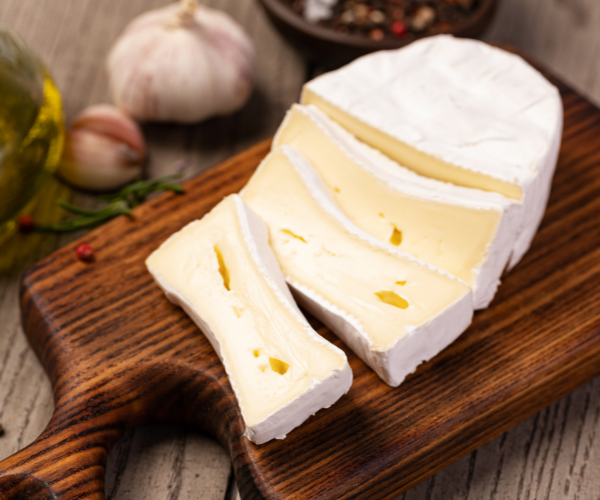
Hard Cheeses
Following soft cheeses are hard cheeses, these are what most people are familiar with when buying cheese. Hard cheeses are characterized by their firm texture that can be flexible or brittle. These cheese have the most variety because they can be made from any type of milk, aged for as long as the producer wants, and be infused with any flavor. Cheeses that fall under this category are:
- Cheddar
- Manchego
- Parmesan
- Mimolette
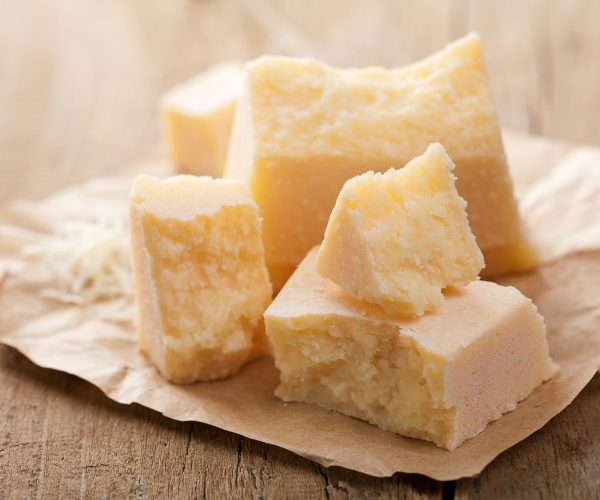
Blue Cheese
Blue cheese gets its own group because can be produced in just about any style listed above that is aged in some form. This cheese is characterized by its blueish green mold growth throughout the cheese. The mold gives the cheese a unique flavor and texture that is creamy, acidic, salty, and sweet. Cheeses under this category include:
- Gorgonzola
- Blue Cheese Cheddar
- Roquefort
- Stilton
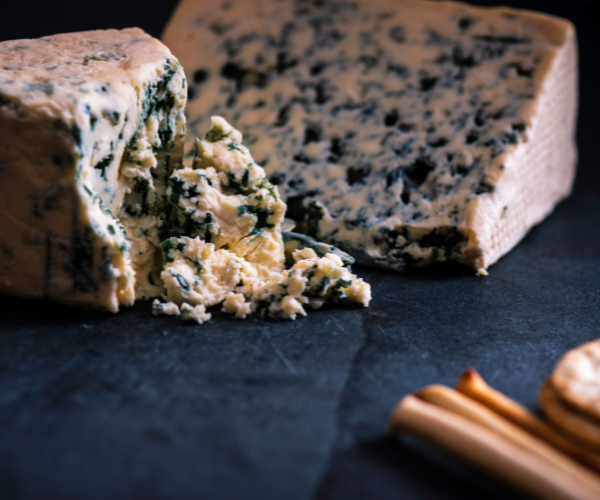 Now that you know general types of cheeses, choosing what you want and its use becomes easy. Fresh cheeses are great for bulking up recipes and adding creaminess to a dish such as cakes, dips, or sauces. Soft, aged, and semi-soft cheeses lend themselves well to uses in their raw form or even lightly baked. Using these cheeses on salads or on charcuterie boards are great ways to enjoy their natural flavor. Hard cheeses are great for use in cooked dishes where a cheese needs to be melted or mixed into a sauce. They are great in cold applications too on sandwiches or appetizers. Blue cheeses, I would reserve these for charcuterie predominantly but can be used to stuff foods or in leafy green dishes.
Now that you know general types of cheeses, choosing what you want and its use becomes easy. Fresh cheeses are great for bulking up recipes and adding creaminess to a dish such as cakes, dips, or sauces. Soft, aged, and semi-soft cheeses lend themselves well to uses in their raw form or even lightly baked. Using these cheeses on salads or on charcuterie boards are great ways to enjoy their natural flavor. Hard cheeses are great for use in cooked dishes where a cheese needs to be melted or mixed into a sauce. They are great in cold applications too on sandwiches or appetizers. Blue cheeses, I would reserve these for charcuterie predominantly but can be used to stuff foods or in leafy green dishes.
Tips on Building a Great Cheese Board
In my opinion, great cheese boards come down to the balancing of cheese textures and sides on the board. What I mean by this, use cheeses that have different types of kinds of milk used to make them. This means getting a cheese made with cow’s milk, one made from goat’s milk, one from ewe’s milk, etc. The different types of milk give a different mouthfeel and flavor to eat one. Then I take a look at the textures on the boards and if I have all hard cheese, then I may want a soft cheese, or blue cheese to lighten up the board. Usually, three to five types of cheeses are enough to please even pickier eaters.
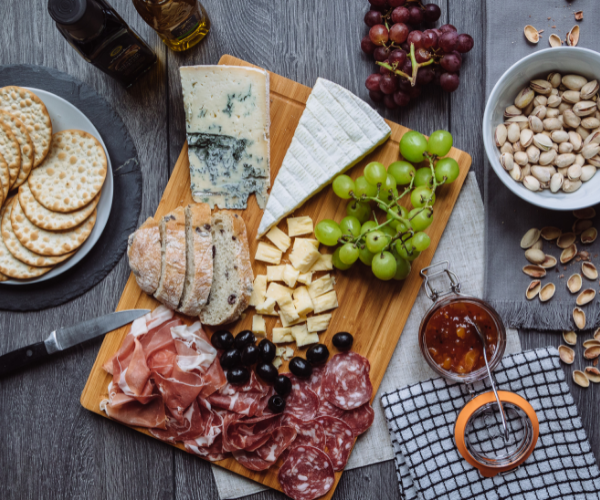 Finally, the sides are what make the cheese board complete. Pair cheeses with some form of dry/sweet cracker, be it a crostini, or fruit bread. Then pick things that will help cut through all the fat in the cheese, such as grapes, quince jelly, tart fruits, etc. These acidic elements help cleanse the palate so that the full flavor of the cheeses can be appreciated. It all gives the guests a break from eating such heavy items.
Finally, the sides are what make the cheese board complete. Pair cheeses with some form of dry/sweet cracker, be it a crostini, or fruit bread. Then pick things that will help cut through all the fat in the cheese, such as grapes, quince jelly, tart fruits, etc. These acidic elements help cleanse the palate so that the full flavor of the cheeses can be appreciated. It all gives the guests a break from eating such heavy items.
Garnishing the boards with just about anything you can find will bring them to life. Spare herbs, little odds and end decorations, whatever you can find to fill space on the board will make it seem complete.
We'll put goat cheese to use in our upcoming Spring Dinner Party on Saturday, May 7 at 6pm at Lincoln Square. You'll make:
- Mixed Green Salad with Radishes and Goat Cheese
- Herb Crumb-Crusted Rack of Lamb with Parsley-Mint Pesto
- Risotto with Peas and Parmesan
- Strawberry-Almond Cake with Whipped Cream

